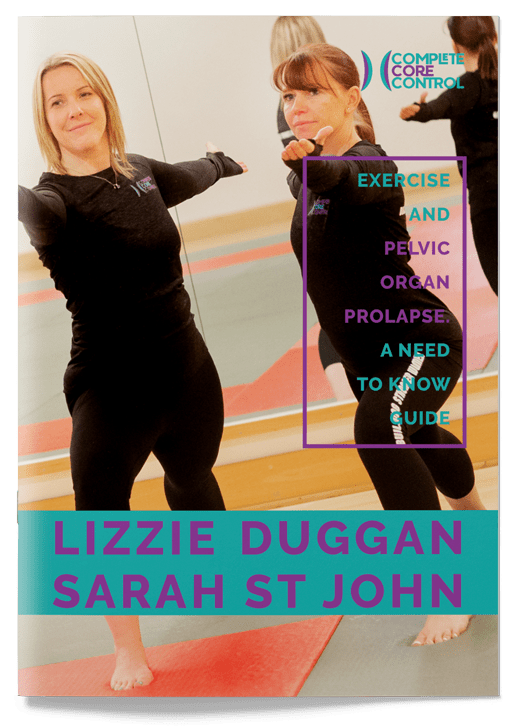Pelvic health issues such as urinary incontinence or pelvic organ prolapse can be hugely debilitating. If you have been searching for a way to improve your core strength without doing high-impact exercises, hypopressive training may be the solution you’ve been looking for.
Hypopressives are a set of exercises that aim to improve core strength, posture, and pelvic floor function. These exercises involve a series of postures and breathing techniques that help to activate the deep abdominal and pelvic muscles, which can help to reduce intra-abdominal pressure and improve overall core stability.
Here are some key benefits of hypopressive exercises:
-
Improved pelvic health: Hypopressive exercises can be particularly helpful for women who have experienced pelvic health issues such as urinary incontinence, pelvic organ prolapse, or diastasis recti. By strengthening the deep abdominal and pelvic muscles, hypopressives can help to improve bladder control and reduce the risk of pelvic organ prolapse.
-
Lower-impact workouts: Hypopressives are a low-impact alternative to traditional abdominal exercises such as crunches or sit-ups. This makes them a great option for individuals who want to improve their core strength without putting undue stress on their back or joints.
-
Improved posture: Hypopressive exercises can help to improve your posture by strengthening the muscles that support your spine. By improving your posture, you can reduce your risk of developing back pain or other musculoskeletal issues.
-
Better breathing: Hypopressive exercises are centred around breathing techniques that can help to improve your lung capacity and oxygenation. By improving your breathing, you can boost your overall health and wellbeing.
If you’re interested in trying hypopressive exercises, it’s important to work with a qualified fitness professional who has experience in this area. At Complete Core Control, we specialize in helping women improve their pelvic health and core strength through hypopressives and other specialized exercises. Our founders, Sarah St. John and Lizzie Duggan, are dedicated to providing personalised, caring support to each of our clients.
If you’re ready to take control of your pelvic health and improve your core strength, contact us today to learn more about how we can help you achieve your goals.
We hope this article has been helpful in introducing you to the world of hypopressive exercises. If you have any questions about taking control of your core and pelvic health issues, then get in touch. Sometimes the first step to a better you is just asking for help.




